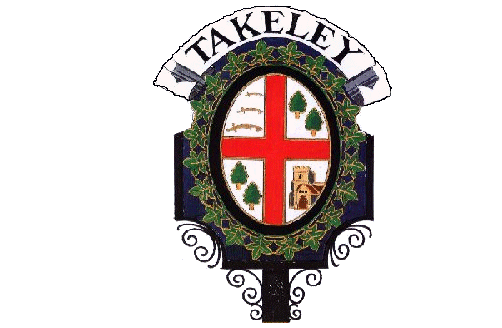|
The article below is reproduced from the September 2003 Takeley Church Magazine (The Grapevine) by kind permission of Rev. Laurie Bond.
Some months ago, in the Parish Council Magazine, it was noted that an Archbishop was thought to be buried in Takeley churchyard. The burial registers have now confirmed that Archbishop Robert Fowler was buried in our churchyard on 19th October 1801. Unusually for that time, his address was also quoted, which was Bassingbourne Hall.
We have begun to do some research into this man and have found that he was Archbishop of Dublin from 1779 until 1801. He was previously Bishop of Killaloe and was translated to Dublin in 1779, being enthroned in Christ Church Cathedral (now the Diocesan Cathedral) on 13th January and in St. Patrick's on 16th January.
He was born in Lincolnshire in 1726, the third son of George Fowler of Skendleby Thorpe, Lincolnshire. He was educated at Westminster School, becoming a King's Scholar in 1741. He went to Trinity College, Cambridge with a scholarship in 1745, gained a BA in 1748, MA in 1751 and DD in 1764. He became a Fellow in 1750.
Robert was ordained Deacon on 23rd February 1752 at Ely and was ordained Priest there on 25th December 1752. He became Chaplain to the King in 1756, was Prebendery of Westminster 1765 to 1771, Dean of Norwich 1765, Bishop of Killaloe and Kilfenora 1771 to 1779, Archbishop of Dublin and Bishop of Glendalough 1779 to 1801.
In 1766 he was married to Mildred, daughter of William Dealtry of Gainsborough, Lincolnshire. They had a son, Robert, who became Bishop of Ossory from 1813 to 1841, a daughter Mary (Countess of Kilkenny) and a daughter, Frances, who married Richard Bourke, Bishop of Waterford 1813 to 1833.
Archbishop Fowler preached before the House of Lords in Christ Church at an Anniversary Thanksgiving for deliverance from the Massacre of 1641. In 1782 he was one of 12 peers who protested against the Bill for the relief of Dissenters, and in 1789, with other peers, he protested against an Address of the Lords to the Prince of Wales during the King's temporary illness, as derogatory to the King's Majesty. The story of his son's promotion in the diocese reported that it 'does not redound to his credit, but nepotism was alas( !) too common among 18th century bishops'. This last statement, however, seems to have been made whilst forgetting that his father had been dead for 12 years before he became bishop!
During the last 2 years of his life he resided at Bassingbourne Hall, for the benefit of his health. He died there on 10th October 1801.
In trying to discover more about Archbishop Fowler, the following details have shown:
John Wesley spoke in praise of the reverent manner in which he conducted church services.
On his appointment to the See of Dublin in 1779, he made many so-called improvements in the Palace grounds, in which little reverence for antiquities was displayed and the Palace itself received 'a universal dashing and white-washing'. In his time the gardens were brought to a high state of perfection and he appears to have made Tallaght his constant residence until the death of his wife in 1793. She was buried in Tallaght Church.
In the autumn preceding the rebellion of 1798, during the absence of the Archbishop, the Palace was visited late at night by a party of men in hackney coaches accompanied by others on foot, and the porter was forced to give them five guns which had been lately brought to the house, together with some blunderbusses.
Can you help?
It would be good to discover more about the 'Takeley Archbishop', although it might take quite a bit of research. It is thought that he had come to stay with a relative in Takeley, possibly a sister. He also seems to have been an absentee Archbishop, due to his health – but were there other issues too?
One of the questions to be solved is the exact spot of his burial. He was an important figure in church life, yet we can find no headstone or memorial to him. Some people have asked about the possibility of there being a vault at Takeley church, but no trace of one can be seen. Should we award a prize for the person who finds out the answer?!! (Burial plans of the churchyard were not made until very recently.)
Please send any details that you might discover about Archbishop Fowler to the Rectory and we will try and build up a file for the church archives.
Laurie Bond
-----------------------------------------------------------------------------------------------------------------------
The Times
Wednesday, 14 October 1801
The lightening and torrents of rain, were so tremendous throughout Hertfordshire and part of Essex on Saturday night that most of the inhabitants were kept from their beds in universal terror, till daylight the next morning.
Tuesday, 20 October 1801
On Saturday se'nnight at his seat at Bassingborn Hall Essex, his Grace Robert, Lord Archbishop of Dublin. His Grace had been in possession of the See of Dublin for 21 years.

|



